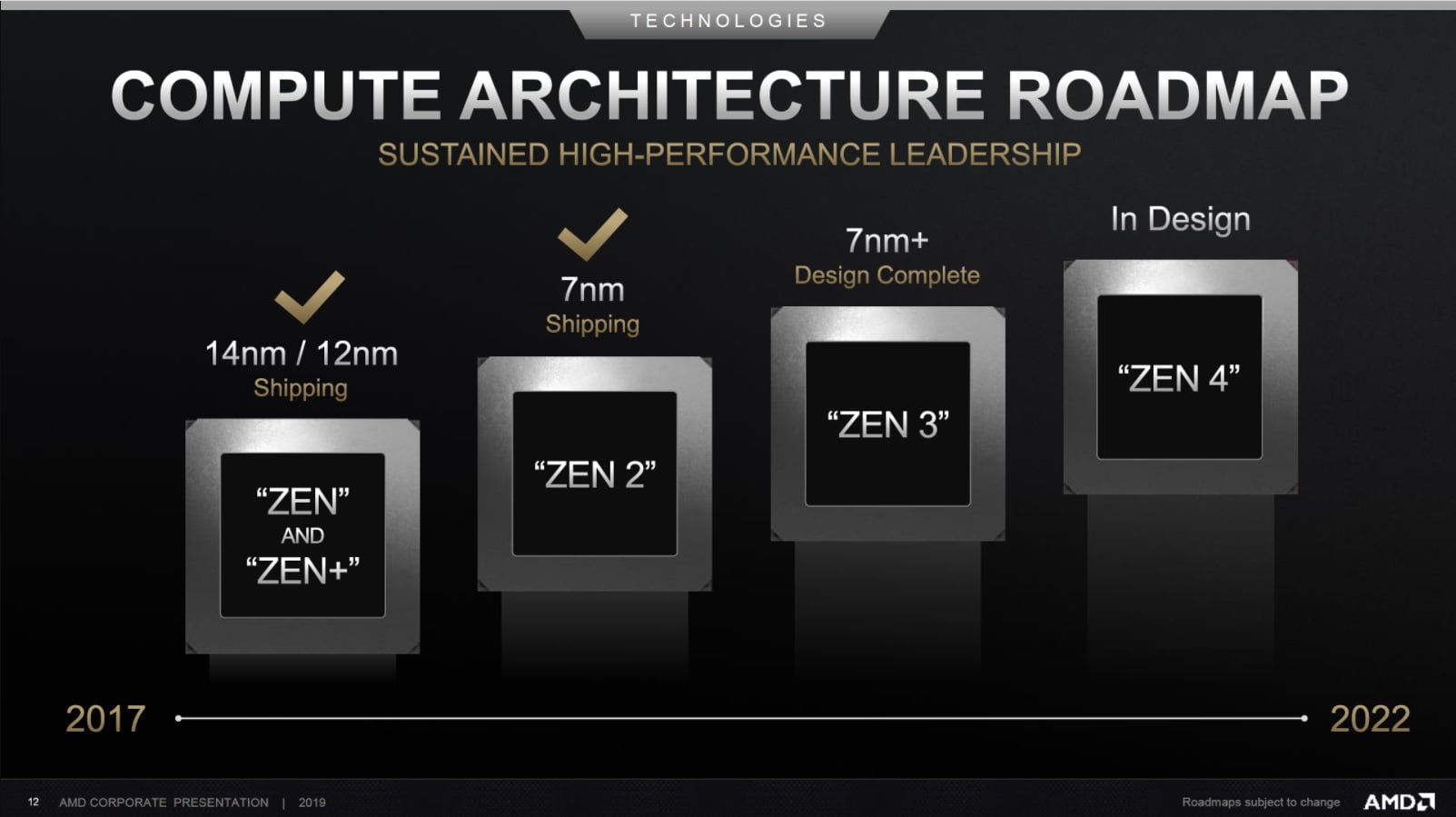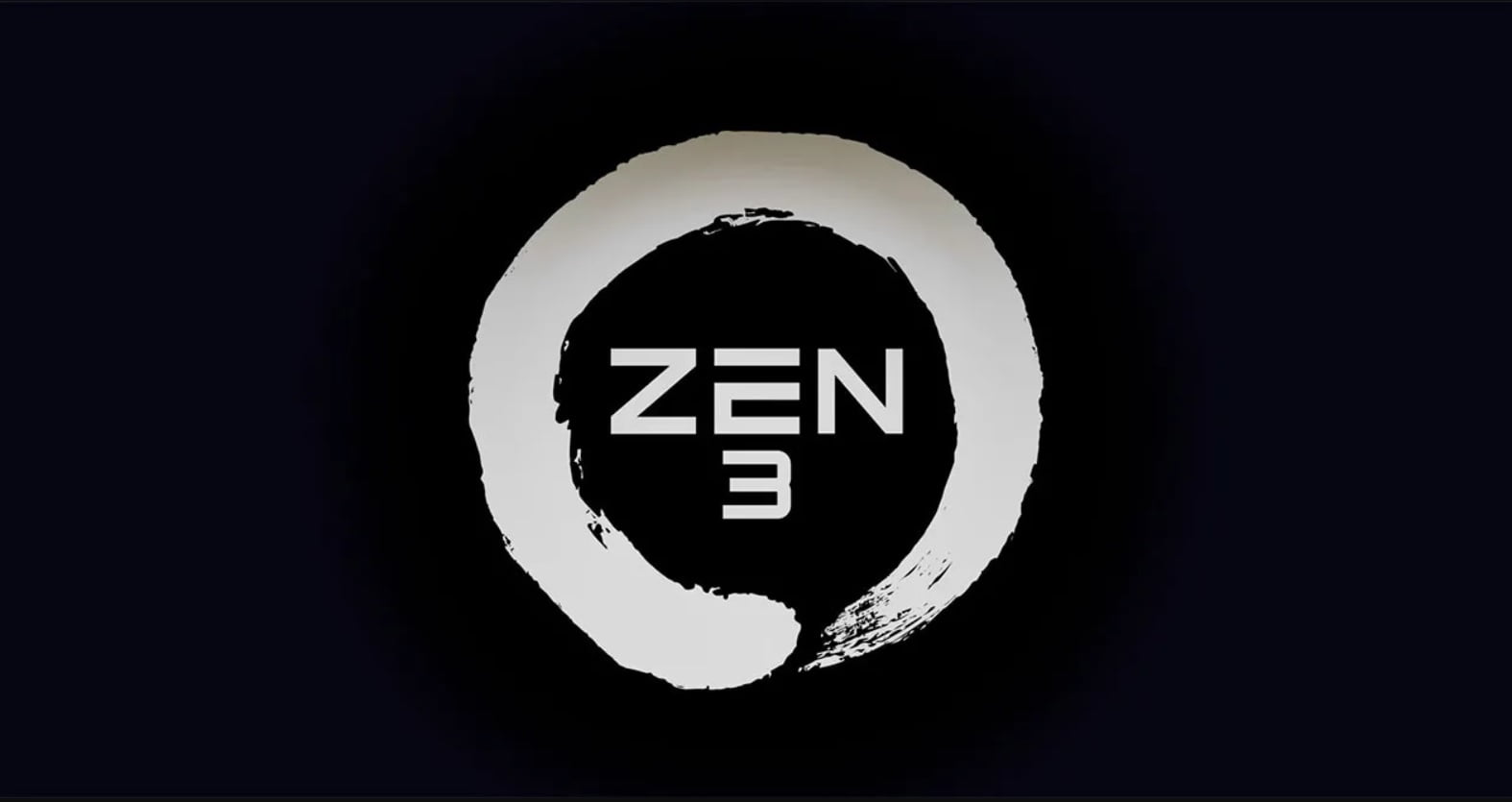The AMD Zen 3 architecture will make its debut in the coming months. AMD has not yet given a specific date, but everything seems to indicate that its announcement will take place between the end of September and mid-October, dates fit perfectly with everything we have seen so far.
AMD Zen 3 architecture specs
It has been speculated that AMD Zen 3 architecture could make the leap to the 5nm manufacturing process, but in the end we can be sure that it will keep the 7nm process. It may include some minor improvements, but AMD denied that, they say it is a process that we can consider as 7 nm+.
Some of our readers may be disappointed by the subject of the manufacturing process, but there is no reason to be. The 7nm process that AMD uses is quite advanced and perfectly polished, so it is perfectly normal that the company wants to reuse in its next generation of processors.
According to the most recent leaks that we have had the opportunity to see, the Zen 3 architecture will improve the CPI between 15% and 20% compared to Zen 2. The first figure will apply to processors with a high core count (EPYC Milan series), and the second to processors with a lower number of cores (Ryzen 4000).
This important improvement at the IPC level will also be accompanied by an increase in working frequencies and new CCX configurations that will allow, in theory, to shape 10-core and 20-thread processors.
- AMD confirms Radeon RX 6000 series through Fortnite
- Intel targets cheap PCs with “Jasper Lake” processors
- NVIDIA released GeForce RTX 3070, 3080 and 3090 with breakthrough changes

Zen 3: individual access to cores and faster memory
In addition to the Zen 3 architecture and its core design, we have two other important features that worth highlighting: «Curve Optimizer» and new dividers in the «Infinity Fabric» system, a fundamental element to boost the performance of both the new Ryzen 4000 and the EPYC Milan series.
«Curve Optimizer» is a technology that will allow us to adjust the working frequency of each core in a totally manual and individualized way, and without having to assume any type of restriction. The Ryzen Master tool offers a wide variety of overclocking and voltage options, but it has considerable room for improvement, and this is precisely one of the options it lacks.
As for the “Infinity Fabric” system, is key so that all elements of a Zen, Zen+ or Zen 2 based processor can communicate and work properly. It has a fundamental cohesive role, and with the arrival of Zen 3 architecture you will receive new dividers that will allow you to work ideally with faster memory rates.
If all goes according to plan, processors based on the Zen 3 architecture will begin to hit the market before the end of 2020. This new generation will be compatible with B450 and higher motherboards, although in order to use them the BIOS should be updated.





